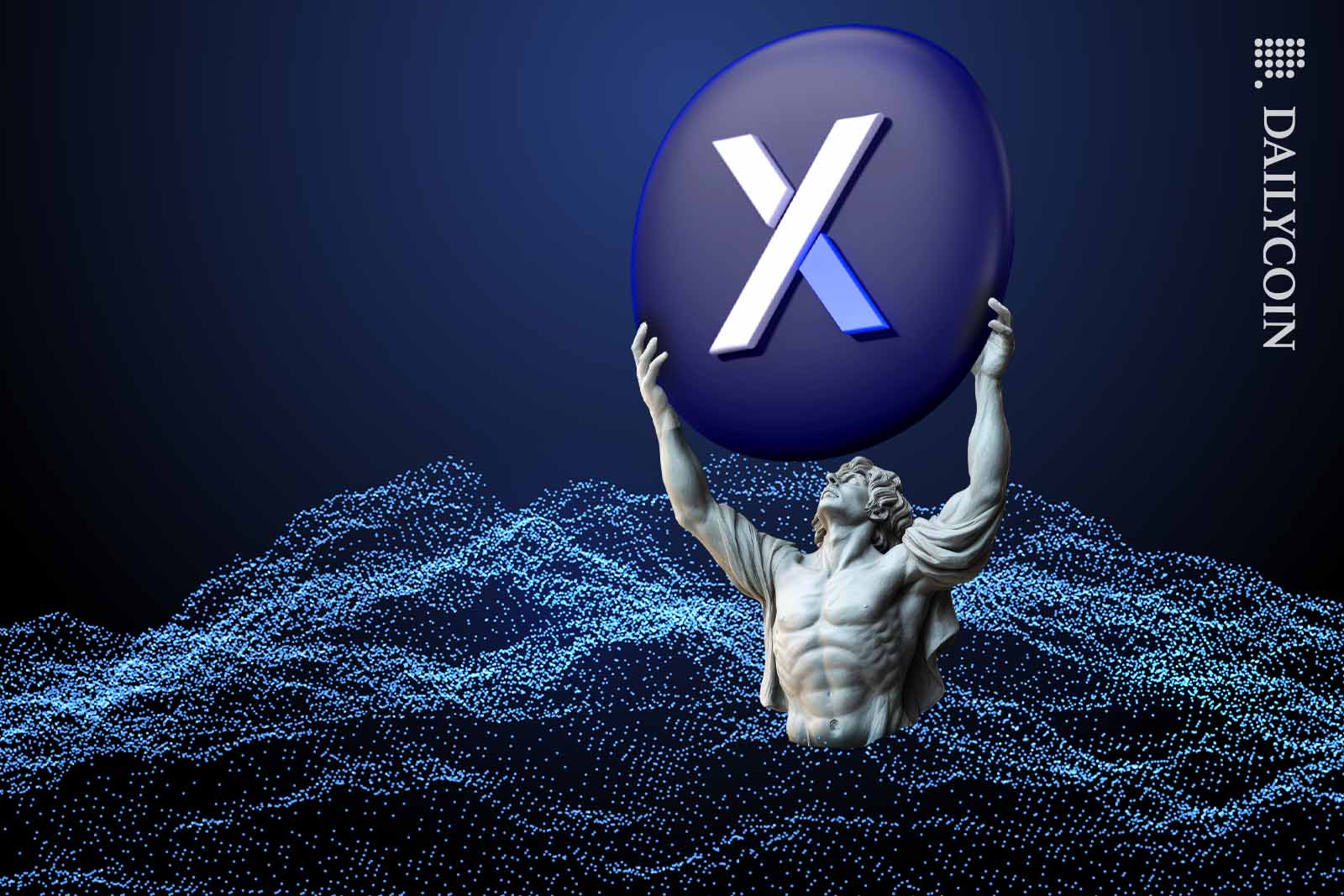
- Unveiling of L1 token DYDX, a pivotal step in dYdX Chain’s growth.
- Enhanced network security and governance with the new L1 token.
- Opportunities for community engagement and revenue generation through staking.
While Ethereum provides a reliable platform for thousands of blockchain projects, many eventually move to their native tokens. Most recently, the dYdX Chain has marked a significant milestone by launching a native chain and moving to an L1 token, DYDX.
The project departed from its previous ERC-20 token framework on Ethereum’s layer two protocol. The project says the migration means better network governance, heightened security, and functionality, and a new revenue distribution model for validators and stakers.
dYdX Chain’s Transition to L1 Token, DYDX
On Wednesday, October 26, the dYdX Chain mainnet finally went live after the unveiling of its new L1 token. The first block was created by the Genesis Validators, as announced by the Operations subDAO (Ops subDAO). The move is a significant paradigm shift from its previous reliance on an ERC-20 token on Ethereum’s layer two protocol.
Sponsored
This transition, following a community vote, expands the staking opportunities, which aims to bolster the blockchain. Moreover, the project claims that the shift amplifies the protocol’s governance capabilities and reallocates the protocol’s revenue streams.
Through this transition, the dYdX Chain says its framework will be more closely with the decentralized ethos of blockchain technology. The L1 token also marks a step towards a self-sustained, community-driven blockchain ecosystem. Importantly, all fees collected by the protocol, which include trading fees denominated in USDC and gas fees for DYDX-denominated transactions or USDC-denominated transactions, are distributed to Validators and Stakers, creating a direct financial benefit for network participants.
What Is dYdX?
At its core, dYdX is a leading decentralized exchange supporting perpetual trading. It operates on smart contracts on the Ethereum blockchain, allowing users to trade without intermediaries.
Sponsored
The project’s features include perpetual trading on Layer-2 with up to 20x leverage, offering pairs like BTC-USD, ETH-USD, and LINK-USD, among others2. This aspect of dYdX demonstrates its commitment to providing advanced financial services in a decentralized manner.
On the Flipside
- Ethereum, where dYdX initially operated, is one of the most decentralized networks in the blockchain space.
- dYdX Chain might face an uphill battle to prove its chain is more decentralized than Ethereum.
Why This Matters
The emergence of dYdX Chain and its L1 Token, dYDx, is a significant stride towards achieving a self-sustainable and community-governed blockchain ecosystem. It showcases the potential for blockchain projects to evolve and adapt to community needs while enhancing network security and governance.
Read more about decentralized exchanges like dYdX:
Decentralized Exchanges: Crypto’s Wild West or Blockchain Essential?
Read more about Solana’s positive performance:
Unpacking Solana’s 7% Price Jump: What You Need to Know
